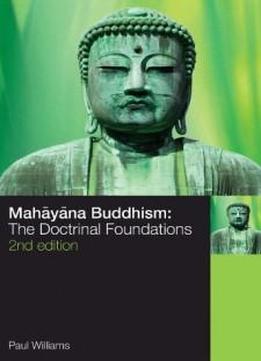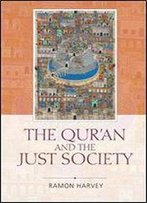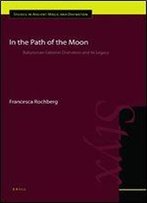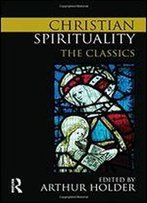
Mahayana Buddhism: The Doctrinal Foundations (the Library Of Religious Beliefs And Practices)
by Paul Williams /
2008 / English / PDF
3.2 MB Download
Originating in India, Mahayana Buddhism spread across Asia,
becoming the prevalent form of Buddhism in Tibet and East Asia.
Over the last twenty-five years Western interest in Mahayana has
increased considerably, reflected both in the quantity of
scholarly material produced and in the attraction of Westerners
towards Tibetan Buddhism and Zen.
Originating in India, Mahayana Buddhism spread across Asia,
becoming the prevalent form of Buddhism in Tibet and East Asia.
Over the last twenty-five years Western interest in Mahayana has
increased considerably, reflected both in the quantity of
scholarly material produced and in the attraction of Westerners
towards Tibetan Buddhism and Zen.
Paul Williams’
Paul Williams’Mahayana Buddhism
Mahayana Buddhism is widely regarded as
the standard introduction to the field, used internationally for
teaching and research and has been translated into several
European and Asian languages. This new edition has been fully
revised throughout in the light of the wealth of new studies and
focuses on the religion’s diversity and richness. It includes
much more material on China and Japan, with appropriate reference
to Nepal, and for students who wish to carry their study further
there is a much-expanded bibliography and extensive footnotes and
cross-referencing. Everyone studying this important tradition
will find Williams’ book the ideal companion to their studies.
is widely regarded as
the standard introduction to the field, used internationally for
teaching and research and has been translated into several
European and Asian languages. This new edition has been fully
revised throughout in the light of the wealth of new studies and
focuses on the religion’s diversity and richness. It includes
much more material on China and Japan, with appropriate reference
to Nepal, and for students who wish to carry their study further
there is a much-expanded bibliography and extensive footnotes and
cross-referencing. Everyone studying this important tradition
will find Williams’ book the ideal companion to their studies.











